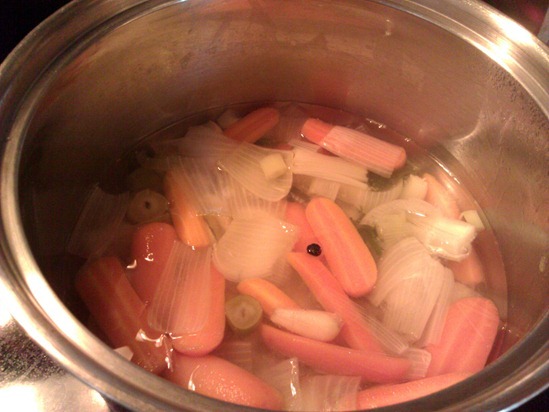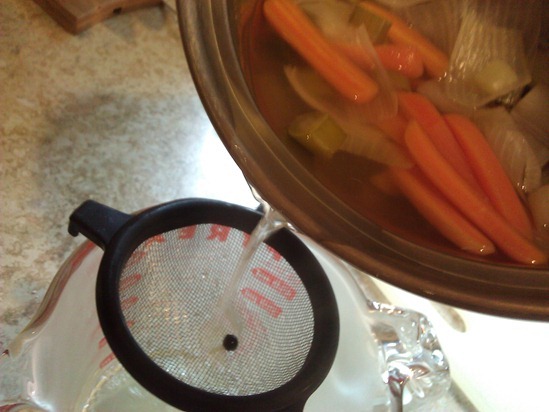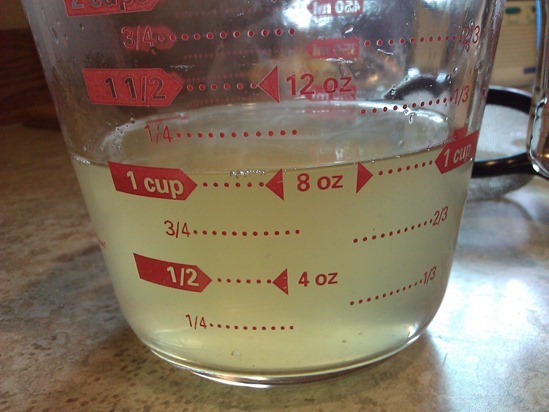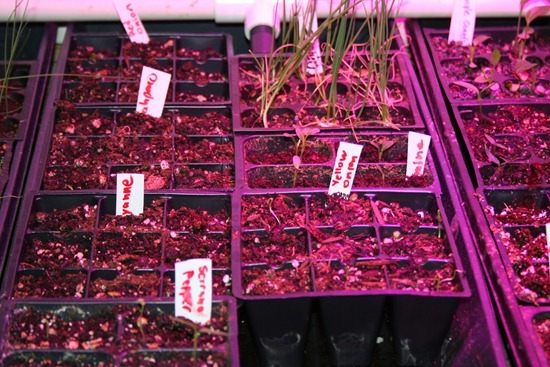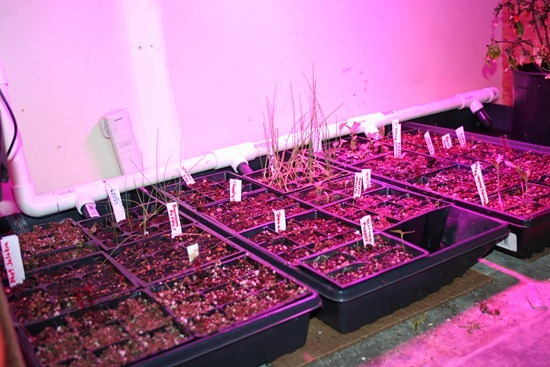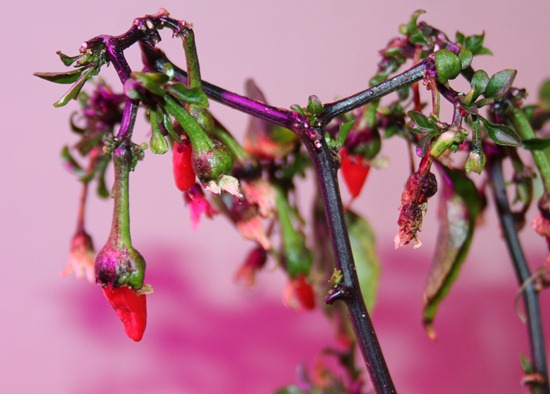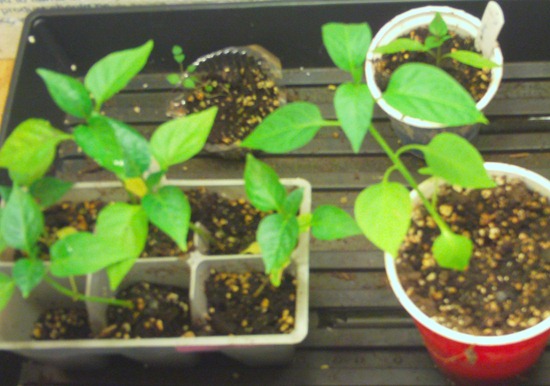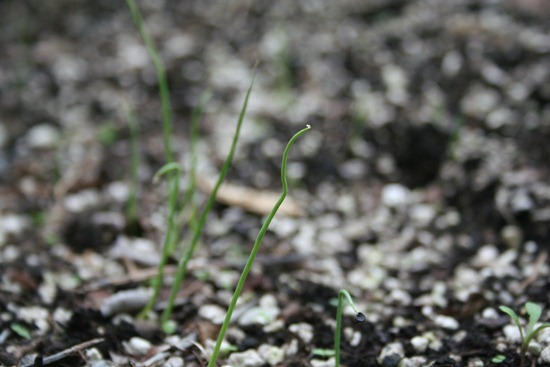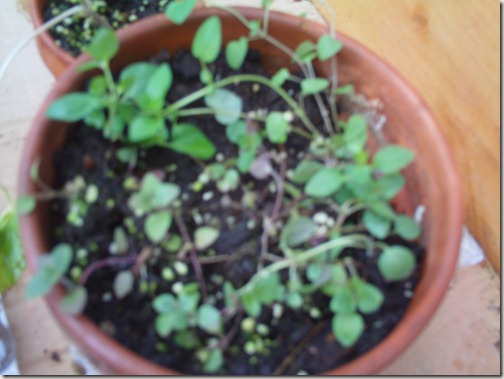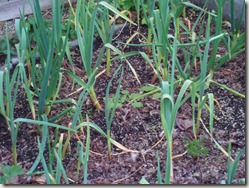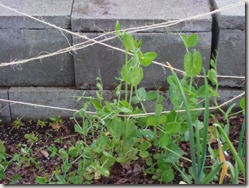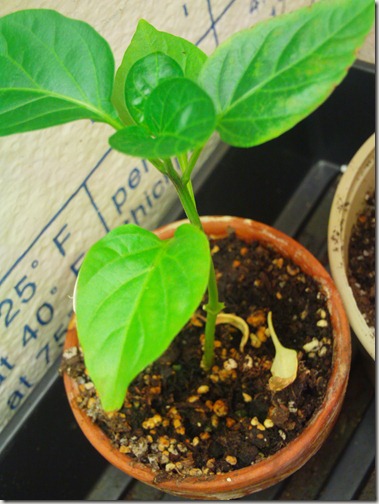How to make vegetable stock
12.8 years ago carrot, leeks, onions, parsley, stock, vegetables
Vegetable stock is a great way to infuse some great flavors and nutrients to your food. There are the obvious additions such as soups, but I also like to add to staples such as rice and mashed potatoes and even my most fussy vegetable eaters do not even notice.
I didn’t have a lot of spare vegetables so I made a small batch just for the rice I was making for dinner. You can use pretty much any spare root vegetables you have in your garden or refrigerator. For non-root varieties celery, tomatoes (especially good if making minestrone soup), corn, and other fresh herbs can also be good additions…general rule if you find it in soup good chance it can help your vegetable stock’s flavor. For be this included some bunching onions, leek, and some baby carrots from the garden.
Homemade vegetable stock recipe
- 3 bunching onions (white and light green areas) chopped in 2 pieces
- 5 baby carrots sliced in half
- 1 leek cut in half
- 1 sprig of parsley
- 1/2 bay leaf
- 4 peppercorns
- 2.5 cups cold water
Directions: Cook at low heat for at least 30 minutes (I normally go up to an hour). This should add a great aroma around your house with kids asking where the chicken noodle soup is. Now simply strain the stock into a container (I normally use a large spoon when pouring into my strainer but was difficult to hold a pan, spoon, and a camera at the same time) I then take the remaining vegetables and add to my compost bin…you could also have a few carrots as a snack but not going to be much flavor nor nutrients left…guess it pretty much is fiber supplement at this point.
Once you have strained your now rendered vegetable stock you can use immediately or refrigerate in a sealed container for about a week or freeze for up to 6 months.
WARNING: Once you try you homemade version of vegetable stock you probably will not be able to go back to the canned version again.
Seedlings thriving in the grow box
13.1 years ago indoor growbox, indoor seed starting, onions, peppers, tomato
I have almost everything planted at least germinating in my grow box. As you may be able to see from the labels I am growing a variety of peppers this year as well as a few different onions and tomatoes. I also have garlic and some onions I overwintered already outside and peas already in the ground.
I did successfully grow some peppers in the grow box over the winter, though as you can see below their size was lacking and the plant has been perking up a bit with some new growth once I added some better controlled heating and the LED lights.
Tags: grow lights, growbox
When to bring your vegetables outside?
13.1 years ago garlic bulbs, onions, peppers, seeds, spinach, summer, tomato
Every time I have a discussion with a beginner gardener, this is the most common question. Typically the answer involves figuring out your last frost date then doing some backwards math when to start your seeds or purchase your plants from your local nursery. The problem with this is there is an assumption of the rate at which temperatures will increase after this no frost date. It doesn’t really matter how many weeks after the last frost when you bring out your tomatoes but the fact that it is over 65° F
This is good for estimation but ultimately it comes down to what temperatures various vegetables can survive and thrive at. This is ultimately when you should decide to start bringing those fragile plants outside. For reference the table below shows these temperatures for various vegetables.
| Vegetables | Thriving Temp Range |
Surviving Temp Range |
| Hot Vegetables eggplants, sweet potatoes, peppers, watermelons, okra, tomatoes |
70° F – 85° F 21° C – 30° C |
65° F – 90° F 18° C – 32° C |
| Warm Vegetables beans, black-eyed peas, cucumbers, melons, sweet corn, squashes |
65° F – 75° F 18° C – 24° C |
50° F – 90° F 10° C – 32° C |
| Cold/Warm Vegetables artichokes, beets, broccoli, brussel sprouts, cabbages, carrots, cauliflower, celery, chard, collards, endives, fava beans, fennel, kale, kohlrabi, lettuce, parsnips, peas, potatoes, radishes, rutabagas, spinach, turnips |
60° F – 65° F 16° C – 18° C |
40° F – 75° F 4° C – 24° C |
| Cold Vegetables garlic, leeks, onions, shallots |
55° F – 75° F 13° C – 24° C |
45° F — 85° F 7° C – 30° C |
Now that you know what temperatures your veggies grow best in, unless you can find a news station with a 2-3 month forecast this doesn’t help you too much. Fortunately we have been saving weather data for some time now and with some simple statistics you can make a more logical prediction of when this may occur (compared to last freeze date)
One site that makes this very easy is WeatherSpark, it uses historical data with great visuals to easily determine when the best probability of picking the right date to plan on your veggies going out into the great unknown.
As you can see in my area we rarely stay in the thriving temperature zone during a 24 hour period which is the reason why I personally keep my tomatoes and peppers in my automated grow box as long as I can.
Hopefully WeatherSpark can give you some incites about predicting the best times to bring those veggies out for a successful crop this year.
Tags: seed, starting seedling
How to make your own onion sets
13.6 years ago onions, outdoor seed starting
For a couple years now I have attempted to start onions from seeds and the same thing happens each year. All is going well, good strong seedlings, then I run out of space in my grow box and the poor seedlings get kicked out to fend for themselves a few weeks to early leading to very few survivors.
This summer I decided to try something new, during the end of July I spread onion seeds generously over about two square feet of my garden. Now after a month and a half I have some nice little onion seedlings coming up.
I plan on keeping them in the ground until after the first frost the leaves will go yellow/brown and I will harvest my onion sets and lay them out to dry for a few days and store them in an old mesh container where I have bought onion sets a couple of years ago. Where I can replant them this spring as soon as the soil can be worked.
The benefits of growing your own onion sets is you can grow varieties from species that you can not find even at your favorite online seed company. Obviously the sets are also much cheaper than buying them already in the set form. You can grow the onion sets to the specific size you want, which is important because small onion sets grow up to be onion bulbs with the larger ones growing up to become onion flowers.
The best part of this with the amount of rain we have been getting here in the Pacific Northwest the past month, I haven’t even had to water these seeds, so other than a few minutes of sprinkling the seeds, no real effort on my side.
Scallions, green onions, and spring onions
13.9 years ago green onions, onions
I guess while we are at lets not leave out shallots, salad onions, bunching onions, and green sticks. For the purists a scallion is technically slightly less mature than a green onions. No matter what you call them this is a very versatile version of the conventional mature bulb version of the vegetable and shouldn’t be overlooked in your garden.
What is great about green onions is the provide a milder onion taste when you want to avoid the overpowering taste mature onions can bring. This is why green onions are commonly used raw or cooked into many Asian dishes as well as soup, noodle, and seafood dishes. One of my favorite uses for green onions is in my garden salsa mango salsa, or black bean and corn salsa.
What is good to remember when you are growing green onions is obviously you will be pulling them before they create bulbs and mature so you can plant them very close together (i.e. the term bunching onions) This is great when you are like me with not a lot of room to grow vegetables so anytime I can do some intensive spacing the better.
So if you forgot to grow onions this year, don’t fret it is not too late to start your green onions, scallions, spring onions, shallots, salad onions, green sticks, or bunching onions. I know someone else has another name for these that I missed, if so please add it to the comments…
Tags: onion plants
Earth Day in the garden
14 years ago cilantro, cold season crops, garlic bulbs, onions, peppers, tomato
I decided to take the day off to catch up on some things at home and as I ended up outside of course I went right to the garden.
We have seen a few warm days here in the Northwest and in my area we haven’t dipped under 40 degrees at night so seemed like a good time to plant a few of my tomatoes spending their time this winter in the grow box.
Above are a New Yorker and Persey both of which are new for me this year. They have been growing great even with my neglect during their youth. I also have some Green Zebras, Husky Cherry, Sweetie Cherry, and Yellow Cherry. I did attempt Red Brandywine but the seeds I got appear to be duds.
Given it is always good to have a Plan B so I have twins of these tomato plants still in puts which I can bring if a cold snap comes and kills off the plants I ambitiously planted in the ground.
Elsewhere in the garden I have some herbs: Parsley and Oregano, with Basil being an unfortunately casualty which I will plan on buying from the store and try again next year.
Next I checked out my larger garden bed to see my peas, cilantro, onions, carrots, lettuce, strawberries and garlic
Lastly I checked out the peppers in the grow box which they will stay until we have some warmer nights (at least 50 degrees) otherwise can cause significant stunting of growth. So until then they will remain happy in the grow box and given they are still pretty small, still plenty of room to grow…
Tags: cheap, cilantro, garden seeds, garlic bulbs, growbox, herb garden, outdoor plants, pepper plants, strawberry plants, tomato plants, vegetables
